The freaks come out at night.
For hard-core wildlife enthusiasts, “night life” has a different meaning.
They know that to see an aardvark or a black-footed ferret or a long-nosed bandicoot, you have to be outdoors when the sun goes down.
Many wildlife reserves and guides now offer night safaris for those seeking quality views of nocturnal critters, particularly mammals. Still, in the wrong place, a night safari can feel like a cold, dark, aimless exercise.
But in these 10 places, you’ll see a whole new world.
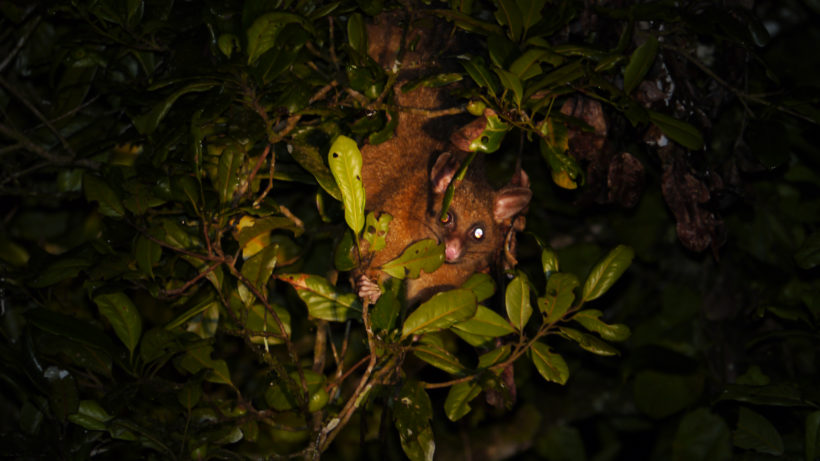
Please note that using spotlights or even strong flashlights is not allowed in most national parks in the U.S. and other parts of the world. Please obey all local laws pertaining to spotting wildlife at night.
And I’ll acknowledge concerns over disturbing wildlife. Done responsibly, night safaris will pose minimal stress to animals.
Many of the destinations below are on private property. Night safaris have become an additional stream of income for these reserves — providing an impetus to conserve not only large, visible mammals but also smaller, more obscure species.
I’ve been on eight of the 10 safaris listed here, with the other two based on recommendations from serious naturalists. Please suggest your own favorites in the comments section.
-
Northern Cape, South Africa
Aardvarks and Black-Footed Cats
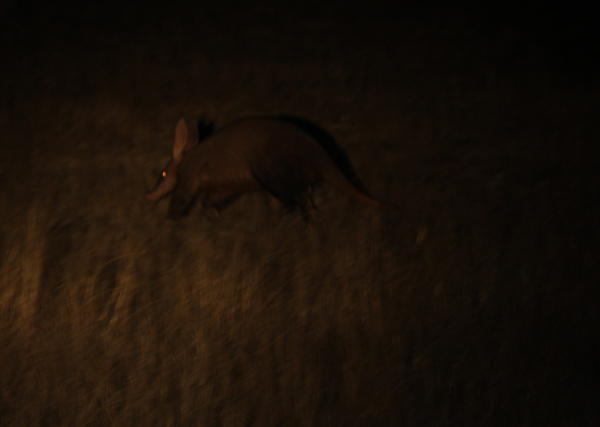
A glimpse at the safari version of the unicorn: aardvark. Photo: Matt Miller/TNC Seeing an aardvark on safari used to be regarded as roughly equivalent to seeing a unicorn. I’ve talked to people who have been on dozens of African wildlife trips and never seen one.
The online mammal watching community, which shares sightings of unusual critters around the world, has changed that. While the aardvark is still not easy to spot, there are places where it’s much less difficult. And one such place is the Northern Cape of South Africa.
In a country with famous parks like Kruger, the Northern Cape is often overlooked. But it too has excellent parks, including Mokala (which offers irregular night safaris). And then there’s the ranch with a cult following among serious mammal nerds: Marrick Safari camp near Kimberley.
Marrick may be the best place on earth to see an aardvark (we saw two over the course of four night safaris). It is also a great place to see black-footed cats, the rarest and most difficult to spot of southern and eastern Africa’s felines.
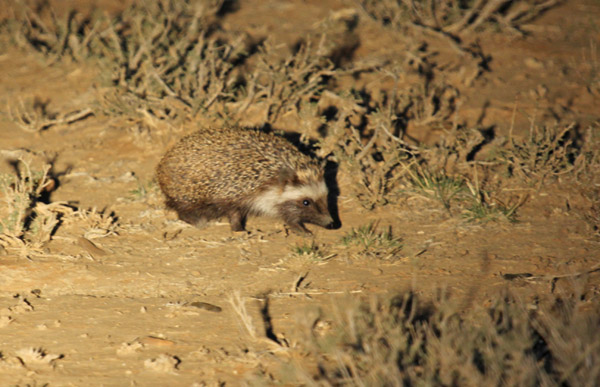
Southern African hedgehog. Photo: Matt Miller/TNC The list of elusive and/or rare nocturnal species you can spot here include bat-eared fox, aardwolf, Southern African hedgehog, Cape porcupine, long-eared mouse, common genet and Smith’s red rock hare.
We saw them all, and more.
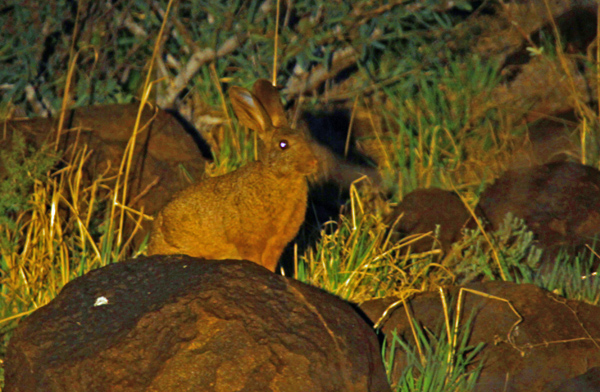
Not your usual safari fare: Smith’s red rock hare. Photo: Matt Miller/TNC No, your family and friends will have no idea why you’ve gone to the Northern Cape. But among mammal junkies, this place is spoken of with the kind of reverence usually reserved for the Sistine Chapel.
-
Northern Tropical Queensland, Australia
Marsupial Madness
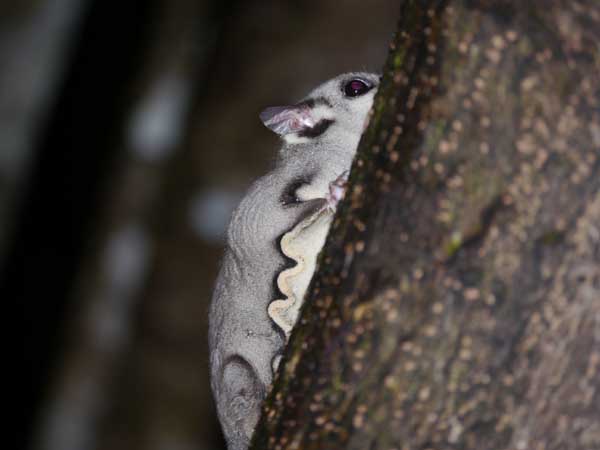
A sugar glider gives a quick glimpse as it darts around a tree. Photo: Matt Miller/TNC Travel guides and cruise ship companies like to emphasize how difficult it is to see Australian wildlife. They’re wrong, on many levels — much of the country is one giant naturalist’s playground.
And that’s especially true if you go out at night.
Fortunately, Australian lodges and nature reserves have well-developed night safari programs. In Northern Tropical Queensland, it’s possible to observe platypus at dusk, then go to Chambers Wildlife Rainforest Lodge to see pademelons cavorting on the lodge lawns, then move to a night feeding station to watch sugar gliders, bandicoots and possums. And finish by taking a walk to see antechinus and giant long-tailed rats.
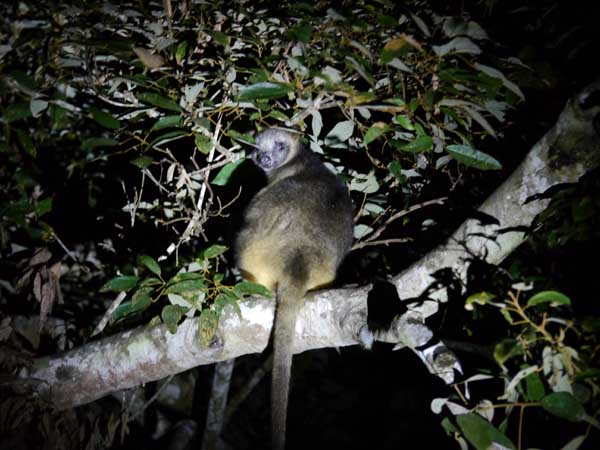
Spotlighting a Lumholtz’s tree kangaroo. Photo: Matt Miller/TNC There’s tremendous diversity here. In a 90-minute walk on the private Warrigal Highland Rainforest Reserve, owned by birding guide Jonathan Munro, we saw three possum species – and that was a slow night. In other places, you can see a tree kangaroo, a striped possum or spectacled flying fox.
And in some camps, like the venerable Lions Den near Cookstown, you can sit on your deck enjoying a cold one while watching a parade of marsupials stroll by.
-
Aubrey Valley, Arizona
Return of the Black-footed Ferrets
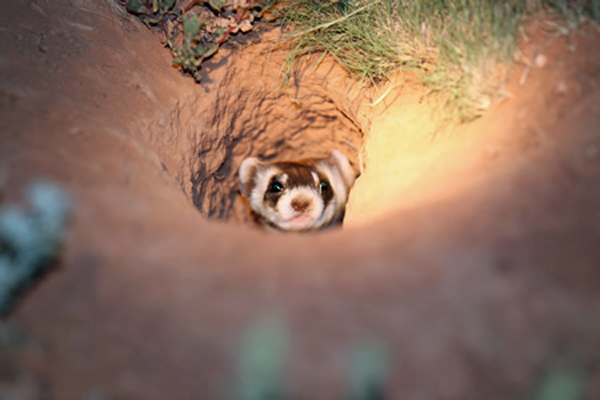
Black-footed ferret. Photo © Jon Hall on mammalwatching.com Get your ferret kicks on Route 66.
The restoration of the black-footed ferret – an animal once feared extinct — is one of the great North American wildlife successes.
Arguably the best place to see that success is just outside Seligman, Arizona. Biologists love to have people interested in ferrets. In fact, one of the best opportunities to see them is during the Arizona Game and Fish Department’s annual spotlighting surveys. They need volunteers to run the program.
I visited a few years ago with mammal watcher extraordinaire Jon Hall during a wild road trip across the Southwest. About 10 minutes outside of Seligman, our spotlights picked up the telltale green eye-shine of the ferrets. We approached slowly, as area biologists had advised.
The ferrets were curious and climbed out of prairie dog holes to view us from about 5 feet away. Fantastic.
-
Kanha National Park
Giant Ox Alert
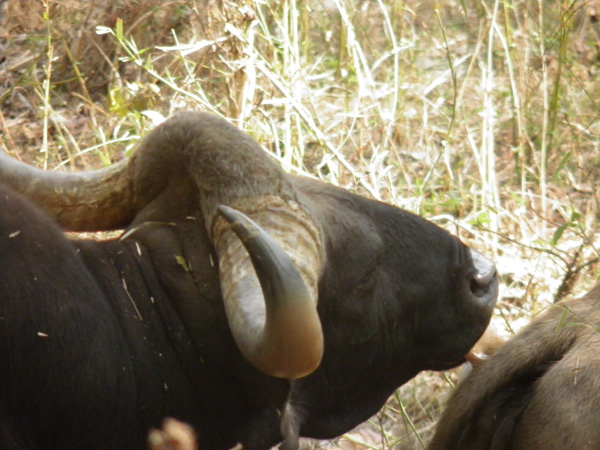
Things that make a big bump in the night: the 3,000 pound gaur. Photo: Matt Miller/TNC India’s reserves offer many wonderful opportunities to see nocturnal wildlife, but usually not in tiger reserves. That’s the case in Kanha, one of the most famous of these reserves.
But if you stay inside the national park at the budget Baghira Log Huts, just walking to the dining room in the evening is an adventure. The trail lights up with the eyes of sambar deer, Asian palm civets and wild boars.
And perhaps: a herd of gaur, the world’s largest bovine. A big male gaur can stand 10 feet tall and weigh 3,000 pounds. Seeing this wall of giant ox in your flashlight beam should give you pause — especially when you realize they can run faster than an Olympic sprinter.
-
Amazon Rainforest, Peru
Night Swimming?
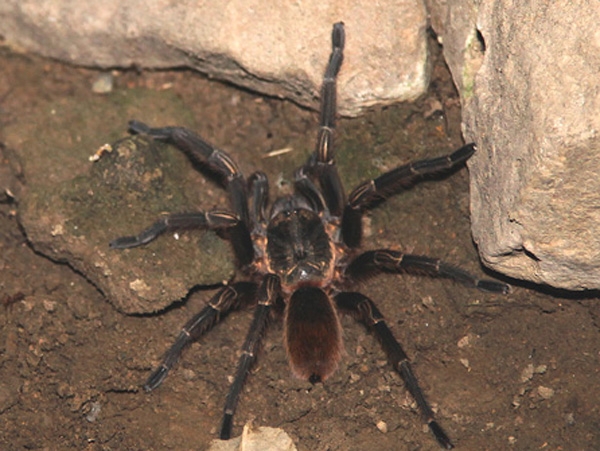
Tarantulas are fairly common sights on Amazon night safaris. Photo: Jon Hall, mammalwatching.com I was lying on a wooden platform, waiting for a tapir to show up at a mineral lick. The mosquito net was suffocating, and I was soaked with sweat. Clothes-destroying sweat. The tapirs were not showing, perhaps because of how badly I stank. It dawned on me that this is not what most people would consider a fun vacation.
But I feel positively wimpy compared to biologist and author Vladimir Dinets, one of the world’s most accomplished wildlife watchers. He believes that to really do an Amazonian night safari, you have to swim rivers. He calls this “a comfortable and relatively safe way of getting around, and one of the best ways of seeing wildlife.”
Sure, the night trips run by lodges might turn up some interesting spiders, and even the occasional mammal.
But the Dinets swim expeditions seem to turn up the really cool stuff, day and night: bush dogs, harpy eagles, ocelots and tapirs.
I have no doubt of this. I also have no doubt I won’t be following him.
-
Pantanal, Brazil
Starry, Starry Eyes
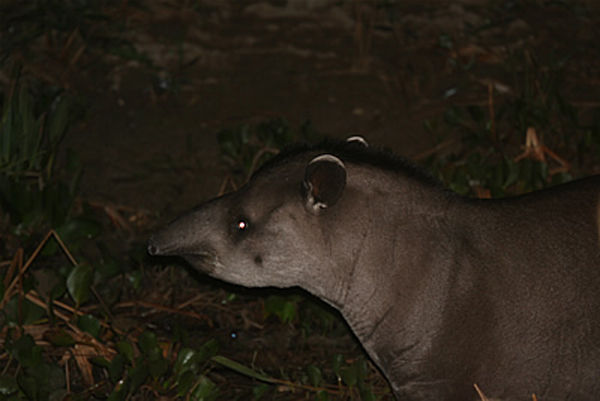
Brazilian tapirs can often be seen at night along the Transpantaneira Road. Photo: Jon Hall, mammalwatching.com During the day, the Pantanal is a birder’s bonanza and probably the best place to see a wild jaguar.
At night, the wildlife fun continues, with tapirs, small cat species, crab-eating foxes and giant anteaters. One of the world’s great wetlands, the Pantanal is traversed in the north via the Transpantaneira road. You’ll see critters all along its length, day or night.
Caimans are one of the most visible animals during the dry season, when they’re concentrated in small pools of water. At night, in the right spot, a spotlight will reveal enough caiman eyes to make you think you’re looking at star-filled sky instead.
-
Bat Caves, Worldwide
Flights of Millions
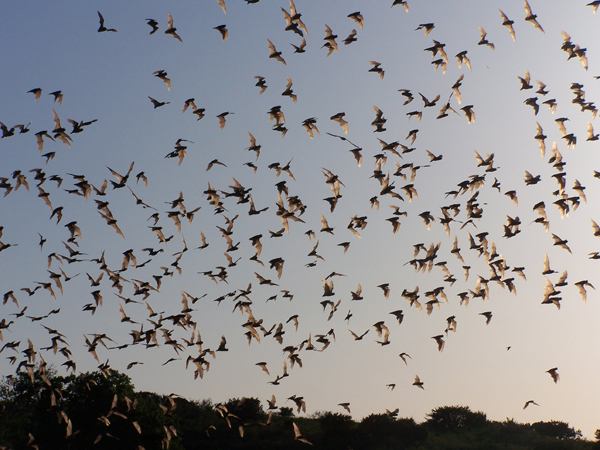
Bats emerge by the millions at Frio Cave near Concan, Texas. Photo: Matt Miller/TNC You don’t need a flashlight for this. Just show up at the entryway of a cave. (Please follow all rules to protect North American bats from white-nose syndrome).
There are good bat caves and roosts around the globe. You could even scope out a local barn or abandoned building.
At caves like Bracken and Frio in the Texas Hill Country, you can see 10 million or more Mexican free-tailed bats — one of the world’s great wildlife spectacles.
And whenever you have that many animals, you’ll also have others looking to feed on them. Depending on what cave you visit, look for raptors, giant frogs and snakes feasting on the bounty.
-
Sabah Rainforest, Malaysian Borneo
Flat-headed Cats and Clouded Leopards
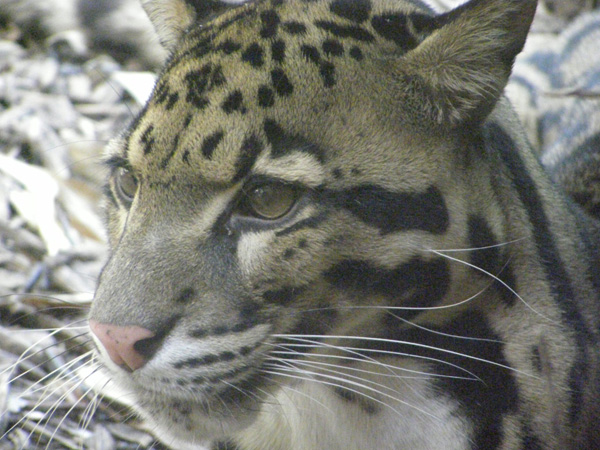
New night safaris are focusing on clouded leopard sightings. Photo: Flickr user Frank Wouters under a Creative Commons license This is one of my top dream destinations. It’s also one where you get the depressing feeling that it’s slipping away fast, as much of the forest is blitzed with palm oil plantations.
The reserves here are undoubtedly one of the most intriguing night safari destinations, with such unusual critters as binturong, slow loris and giant flying squirrels. Boats cruise the Kinabatang River at night in search of flat-headed cats, and new safaris are being offered focusing on one of the most elusive wild felines, the clouded leopard.
There’s even the remote chance of catching a glimpse of Sumatran rhinos — one of the world’s rarest large mammals. I wouldn’t count on it, but Vladimir Dinets managed to see one. Then again, he swims the Amazon.
-
Salt Licks, Kenya
Night Safaris in Luxury
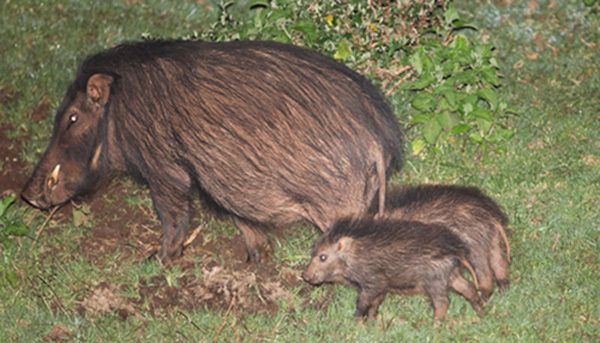
Giant forest hogs: For mammal nerds, it doesn’t get much better. Photo: Jon Hall, mammalwatching.com If you don’t want to sweat in a night blind, or stumble around a rainforest, here’s a more luxurious option: stay in one of Kenya’s famous lodges built over salt licks.
These salt licks draw a variety of wildlife throughout the day and night. They are floodlit to allow easy viewing. You can even present the front desk with a list of animals you’d wish to be awakened should they show up during the night.
Lots of charismatic megafauna will show, including elephants, Cape buffalo and black rhinos. But you might get lucky and have great views of forest rarities like bongo and giant forest hog. Sign me up.
-
Your Backyard and Neighborhood

Barn owls can be encountered in a variety of habitats at night. Photo: © Karine Aigner You don’t have to go on a far-away journey to enjoy a night safari. I’ve had some of my most memorable adventures on evening walks around the neighborhood, stumbling over skunks and once being charged by a red fox. On Halloween night, no less.
Just grab a flashlight and head outside. Scan the skies for bats at dusk, or enjoy an evening chorus of great-horned owls.
Catch fireflies. Set out a camera trap and see what wanders by. Head to a local park and look up for flying squirrels gliding between trees. Or watch underfoot for the sight of shrews and other tiny denizens. Listen for the reassuring peents of nighthawks.
As Richard Conniff says, the best wildlife watching is the wildlife where you are. When the sun goes down, adventures await — get out there and enjoy the night life.
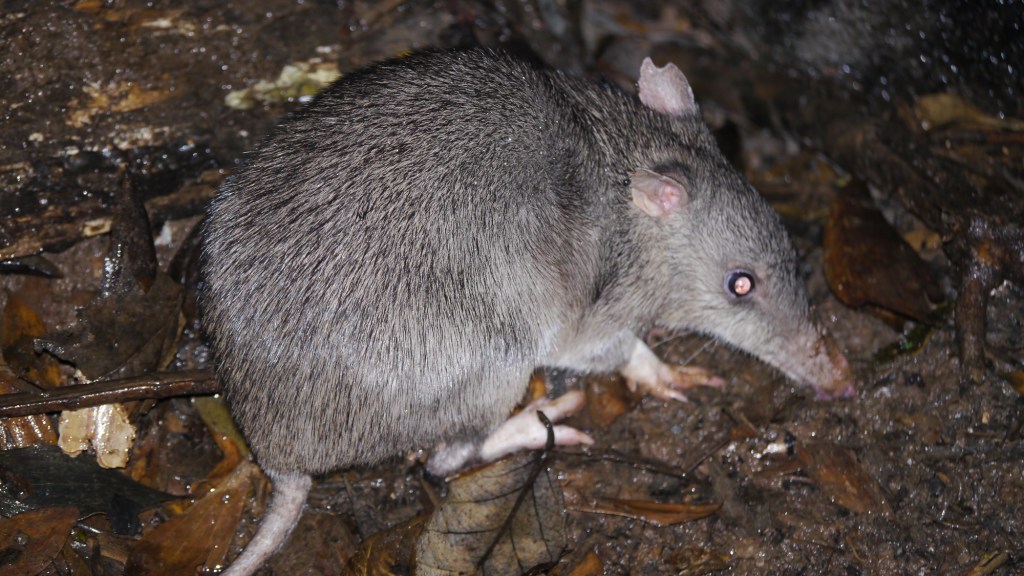



Nice article – just a note about night safaris in India – quite a few sanctuaries and national parks have designated areas now for night safaris. However its early days, in most cases using a spot-light is not allowed. In some community forests – one can go out in the night with spot lights.
The Forest authorities in India generally do not encourage night-spotting of mammals. In most areas if someone is found with a spot light in the evening looking for wildlife – the person, the driver, guide can be prosecuted.
The few areas, where it is possible – it is best to use a good local team, ensure that a written permission from the authorities are procured and then one can go out for night-activities.
IF I HAVE A PROBLEM WITH RACOONS COMING ON MY PROPERTY, AND I HAVE CAPTURED THEM AND TURNED THEM OVER TO AUTHORITIES TO RE-LOCATE THEM, AND STILL THEY ARE AROUND, WHAT AM I TO DO? I HAVE TAKEN THE ANIMAL FOOD AWAY FROM AREA, AND I HAVE FORCEFULLY CLOSED MY TRASH CANS. I LIVE IN A CITY OF ABOUT 31,000, IN A RESIDENTIAL AREA, CLOSE BUT NOT NEAR, A WOODED AREA OF HILLS AND A STREAM.
Nice article with useful pointers. I love night safaris.
Minor point – Gaur are commonly seen by day in many of the National Parks in India including Kanha.
This article information and images made me stunned.India is an energetic nation. The nation has substantial stores of backwoods and natural sanctuaries in india can be abused without limitations. These national parks give you an awesome opportunity to view the rarest types of peacocks, tigers, lions, pumas and other Asian species. There are various national stops in the nation that are effectively doing the errand of protection and reproducing them.
Great article, I hope it encourages more national parks worldwide to look positively at spotlighting.
I am a sucker for anything Australian. I still remember a night at Cape Willoughby on Kangaroo Island watching a family of possums completely unbothered by us. And viewing penguins in Tasmania return to the beach. Awe inspiring.
Great write up! Will add some of these wildlife watching destinations to our wishlist.
We’ve been lucky to see Clouded Leopard in Khao Yai national park on a night safari. But chances are slim.
But Asian Palm Civet, Small Indian Civet, Small-toothed Palm Civet, and Large Indian Civet, Malayan Porcupines, Sambar Deer, Indian Muntjac, owls, Asian Elephants, Bengal Slow Loris, various snakes species, and sometimes even Dholes are not uncommon.
It’s one of a few parks in Thailand where night activities are actually allowed, although restricted, by the national park department.